Apple announces much improved HomePod smart speaker system
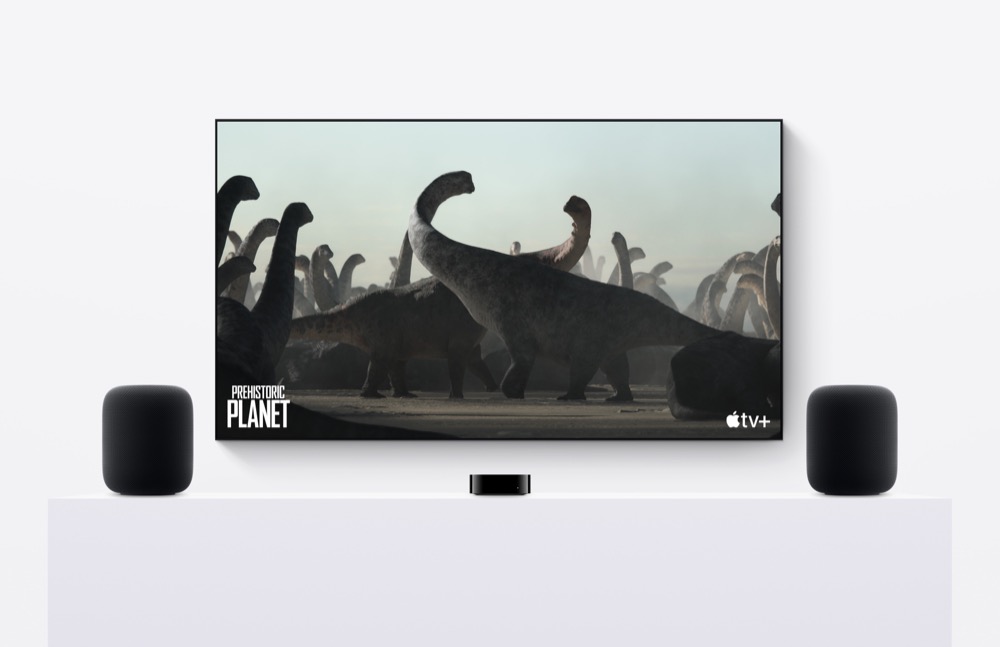
The new $299 HomePod retains the traditional design of the larger model but packs new audio technologies and advanced computational audio
In a second shock product introduction Apple has introduced a new full-size HomePod, promising better sound, new technologies, Matter support and a new feature coming this spring called sound detection.
Apple also promised the new devices will offer temperature and humidity sensors, and confirmed previous claims that its HomePod mini also offers the same sensors, which will be enabled with iOS 16.3, which ships next week.
What’s new in the HomePod?
The new $299 HomePod retains the traditional design of the larger model but packs new audio technologies and advanced computational audio inside, Apple explains.
While remaining easy to set up, the hardware is powered by an S7 chip, which combines with software and system-sensing technology to deliver advanced computational audio which should sound great.
HomePod uses room sensing tech, so it recognizes sound reflections from nearby surfaces to determine if it is against a wall or freestanding, and then adapts sound in real time.
Inside you’ll find:
- The S7 chip.
- A custom-engineered high-excursion woofer.
- A powerful motor that drives the diaphragm.
- A 20mm, built-in bass-EQ mic.
- A beam forming array of five tweeters around the base.
- Enmeshed in 100% recycled mesh fabric, the smart speaker is available in white and midnight black.
Precise directional control of its beam forming array of five tweeters separates and beams direct and ambient audio for immersive audio playback.
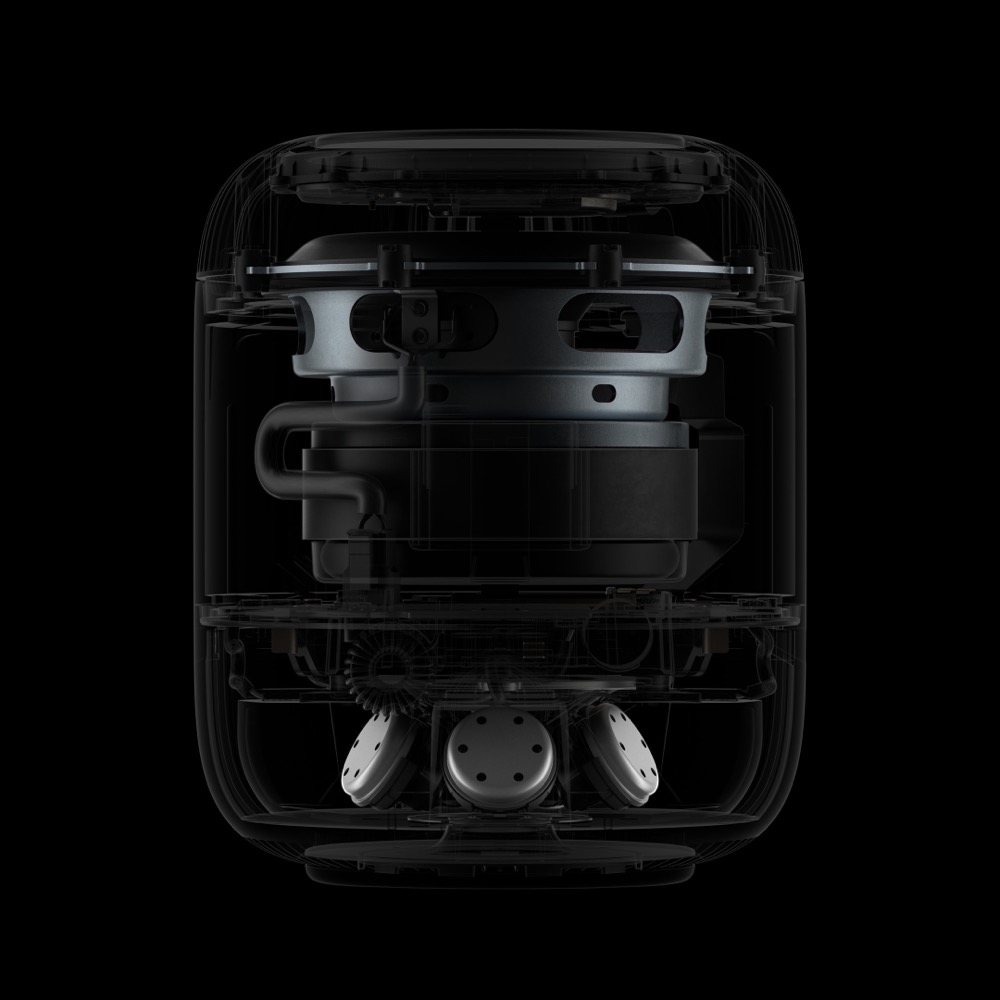
What Apple says
“Leveraging our audio expertise and innovations, the new HomePod delivers rich, deep bass, natural mid-range, and clear, detailed highs,” said Greg Joswiak, Apple’s senior vice president of Worldwide Marketing.
“With the popularity of HomePod mini, we’ve seen growing interest in even more powerful acoustics achievable in a larger HomePod. We’re thrilled to bring the next generation of HomePod to customers around the world.”
In a Tweet, Tim Cook said:
The next generation of HomePod delivers rich, deep bass, natural mid-range, and clear, detailed highs — all while using Siri to help with everyday tasks. Music lovers — this one is for you. 🎶 https://t.co/0z2FrZONdZ
— Tim Cook (@tim_cook) January 18, 2023
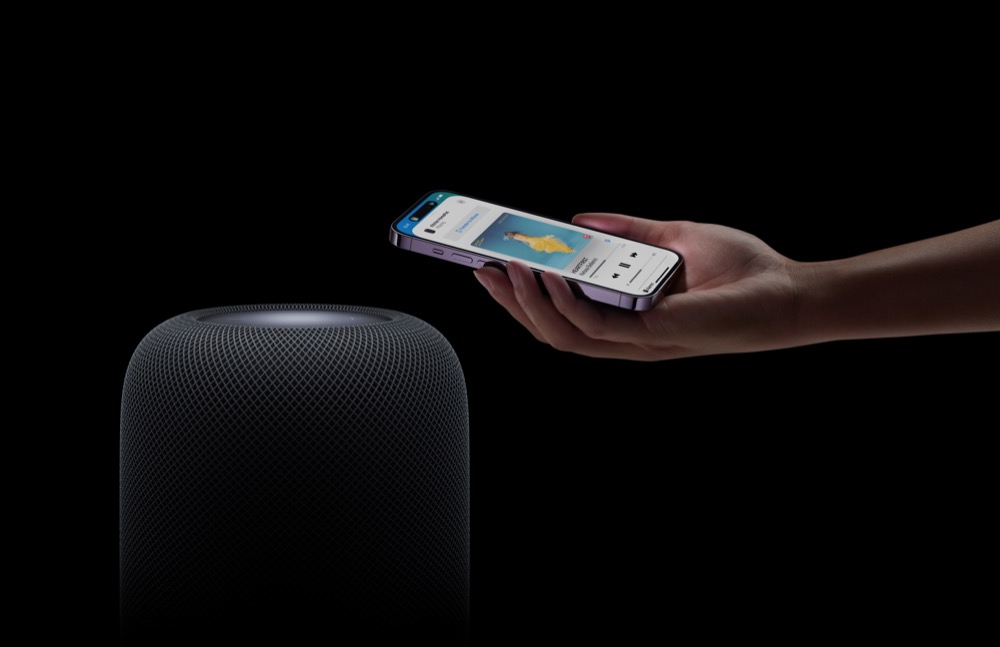
Seamless Integration
Ultra Wideband technology means users can hand off whatever they’re playing on iPhone — like a favorite song, podcast, or even a phone call — directly to a HomePod. To easily control what’s playing or receive personalized song and podcast recommendations, anyone in the home can bring an iPhone close to HomePod and suggestions will surface automatically.
HomePod can also recognize up to six voices, so each member of the home can hear their personal playlists, ask for reminders, and set calendar events. Find My on HomePod makes it possible for users to locate their Apple devices.
[Also read: 100+ (useful) tasks Siri does for you on HomePod, HomePod mini]
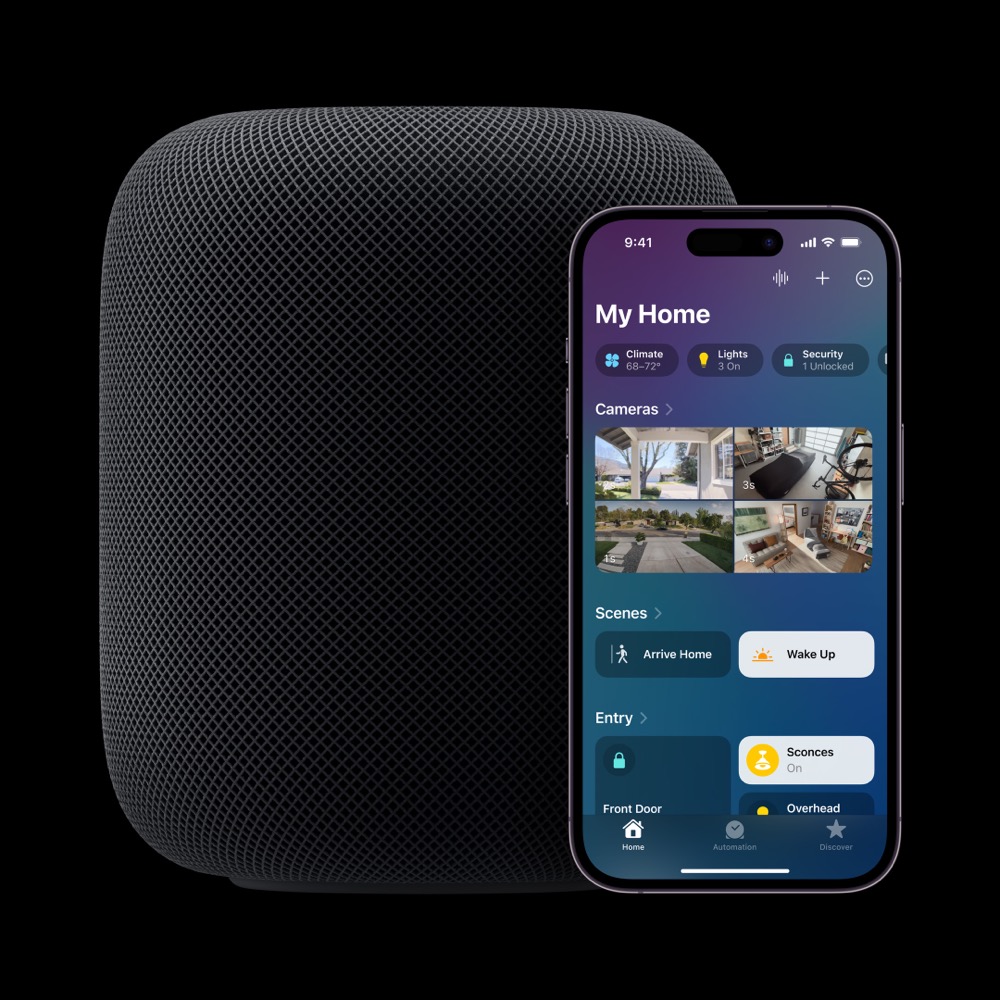
Matter Support
Matter launched last fall, enabling smart home products to work across ecosystems while maintaining the highest levels of security. Apple is a member of the Connectivity Standards Alliance, which maintains the Matter standard, along with other industry leaders. HomePod connects to and controls Matter-enabled accessories, and serves as an essential home hub, giving users access when away from home.
Toward the closed loop
Apple continues to drive toward becoming 100 percent carbon neutral across the entire manufacturing supply chain and all product life cycles by 2030. With the new HomePods, this is illustrated by the fact that the new systems include 100 percent recycled gold in its circuit boards and 100 percent recycled rare earth elements in the speaker magnet. Ninety-six percent of the packaging is fiber-based as Apple moves toward completely removing plastic from all packaging by 2025.
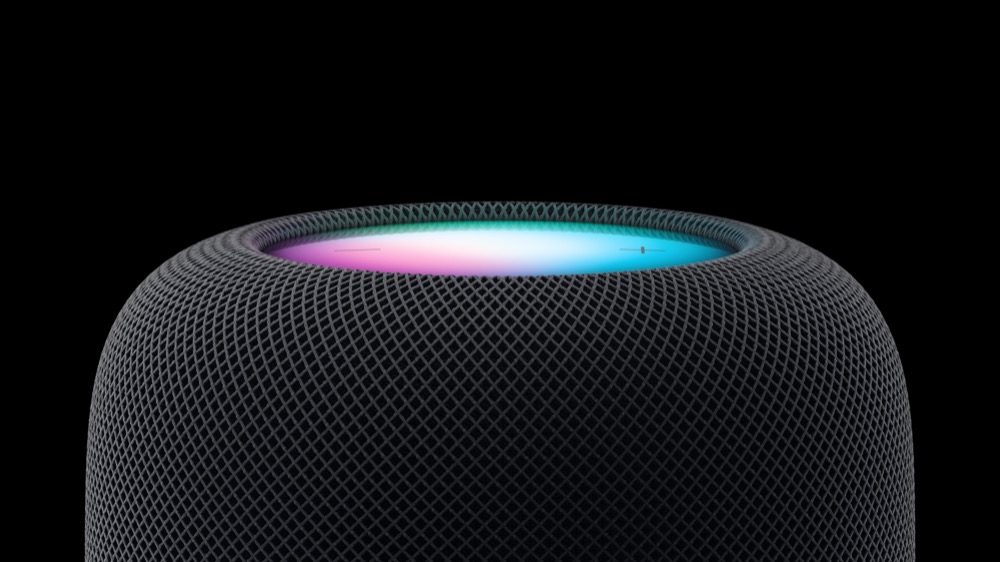
Coming this spring: Sound Recognition
Coming later this spring in a software update, HomePods will gain Sound Recognition. This means the device will listen for smoke and carbon monoxide alarms and send a notification directly to the user’s iPhone if a sound is identified. The system also features new built-in temperature and humidity sensors which can then feed into smart home automations, such as closing the blinds or turning on the heating if a room gets cold.
In a nod to previous controversy, Apple says its systems encrypt all smart home communications and also promised, “When Siri is used, the audio of the request is not stored by default. These features give users peace of mind that their privacy is protected at home.”
Please follow me on Mastodon, or join me in the AppleHolic’s bar & grill and Apple Discussions groups on MeWe.




